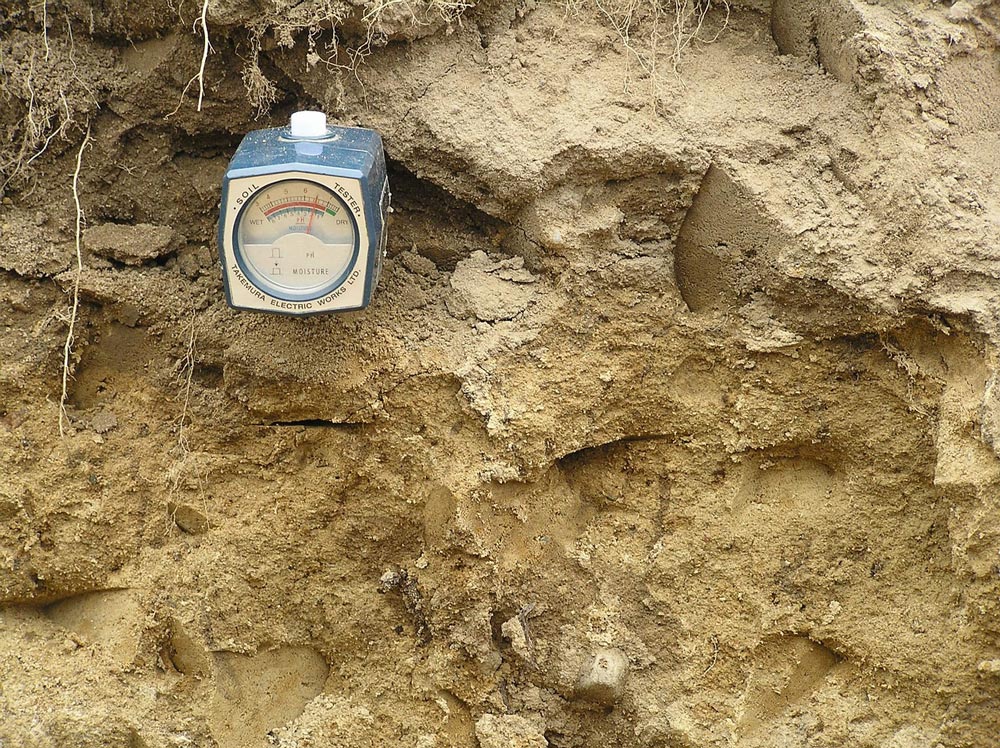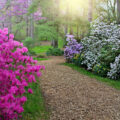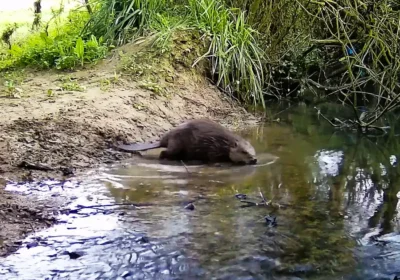by Sally Gregson
FOR many gardeners working out the pH of their soil can be perplexing and confusing. And yet it is important. We all know whether or not our soil is heavy, wet and sticky clay; light, sandy and free-draining; or an ideal loam. We appreciate the direction of the sun on our borders or whether the garden is shady and north-facing. But knowing whether the soil, or more accurately the soil-water, is acid or alkaline is a little more mysterious.
There are plenty of kits at the garden centre to test the pH, but be wary of any that require tap-water to make them work. Tap water is sometimes a different pH from the soil and can mislead the reading.
In the context of garden soil, the pH runs from 4 (very acid) to 8 (very alkaline). 6.5 to 7 is neutral. And it is logarithmic. That is, pH5 is ten times more acidic than pH6; and pH4 is 100 times more acidic than pH 6. Which means that it is virtually impossible to change the pH of soil without damaging it. The message is to ‘go with the flow’.
A simple way to ascertain the pH of a new garden’s soil is to look around at other, mature gardens in the neighbourhood.
READ MORE: GARDENING COLUMN: ‘Why it’s wise to pot on tomatoes’
READ MORE: GARDENING COLUMN: Lime-tolerant rhododendrons for alkaline soil
If an older garden is full of healthy, green-leaved rhododendrons, camellias and pieris, and their hydrangeas have blue flowers, their soil is almost certainly acid, probably below 5.5.
If on the other hand they grow sycamore, yew and clematis and their mopheads are pink and red; the soil is almost certainly alkaline, with a high pH.
However, confusion can arise. If the garden is close to a plantation of conifers, or even under a beech tree, the soil beneath can be alkaline, but the top layer of leaf-litter is acid. Gardeners could take advantage of this anomaly and grow a few heaths (calluna), blue gentians or even Tropaeolum speciosum with its flame-red flowers in late summer. Clambering up through shrubs, this herbaceous climber can be grown from seed, or bought as a young plant early in the season. If it is happy, it will be a knock-out in August and September. Bees and butterflies will flock to its brilliant blood-red flowers – a celebration of the end of summer.









Leave a Reply